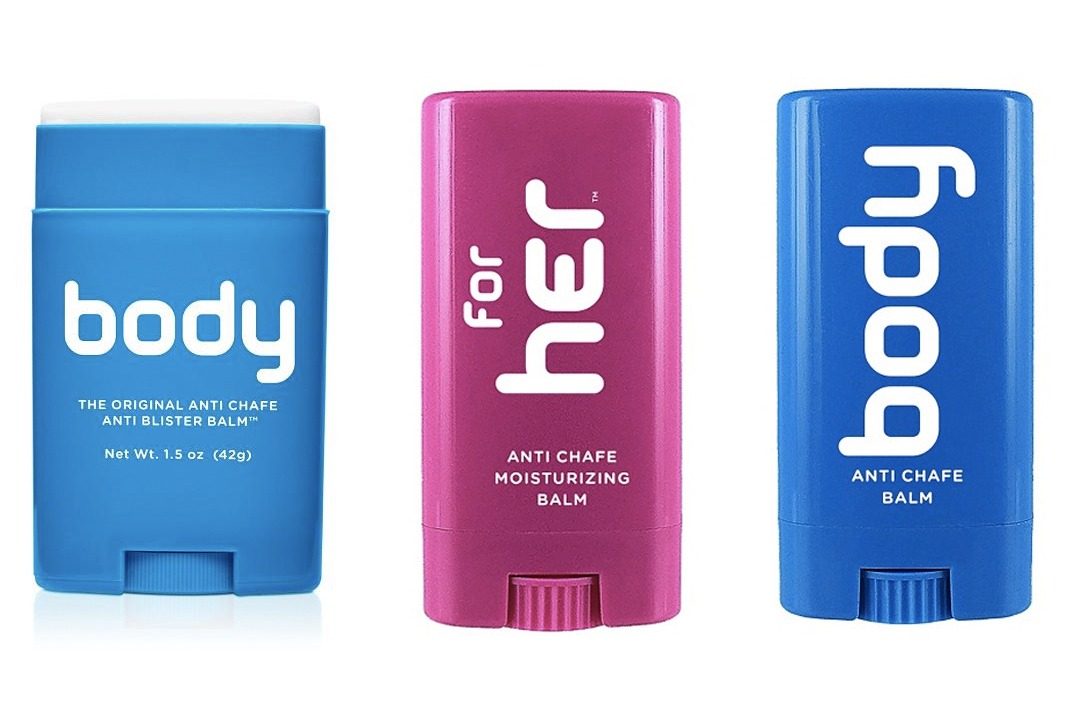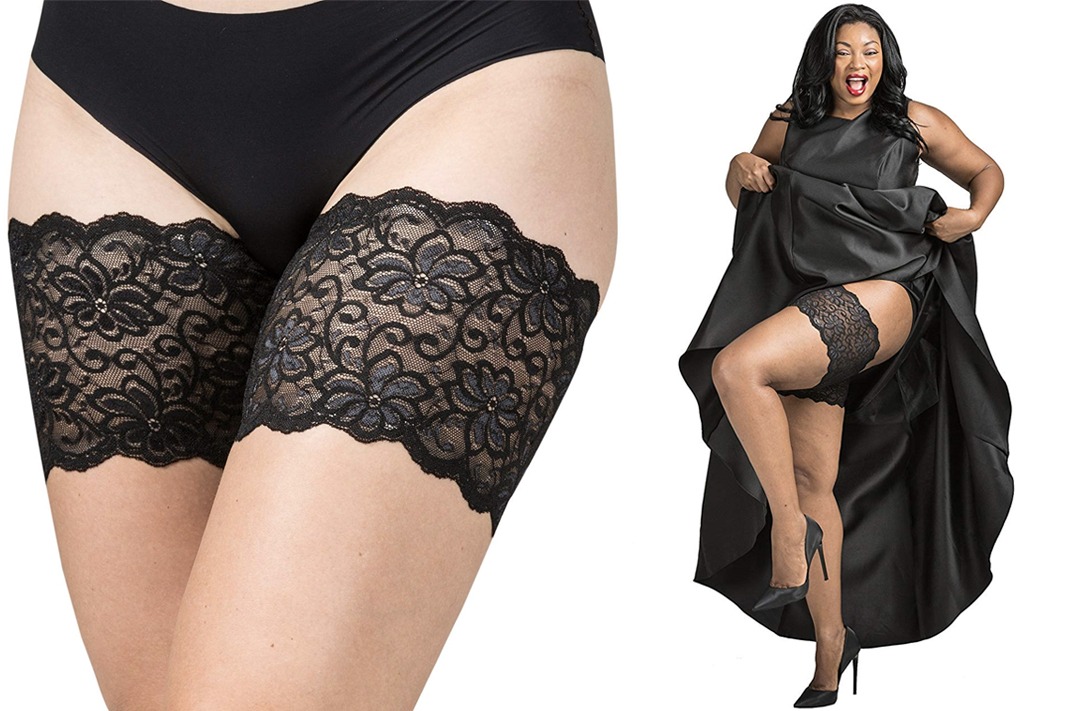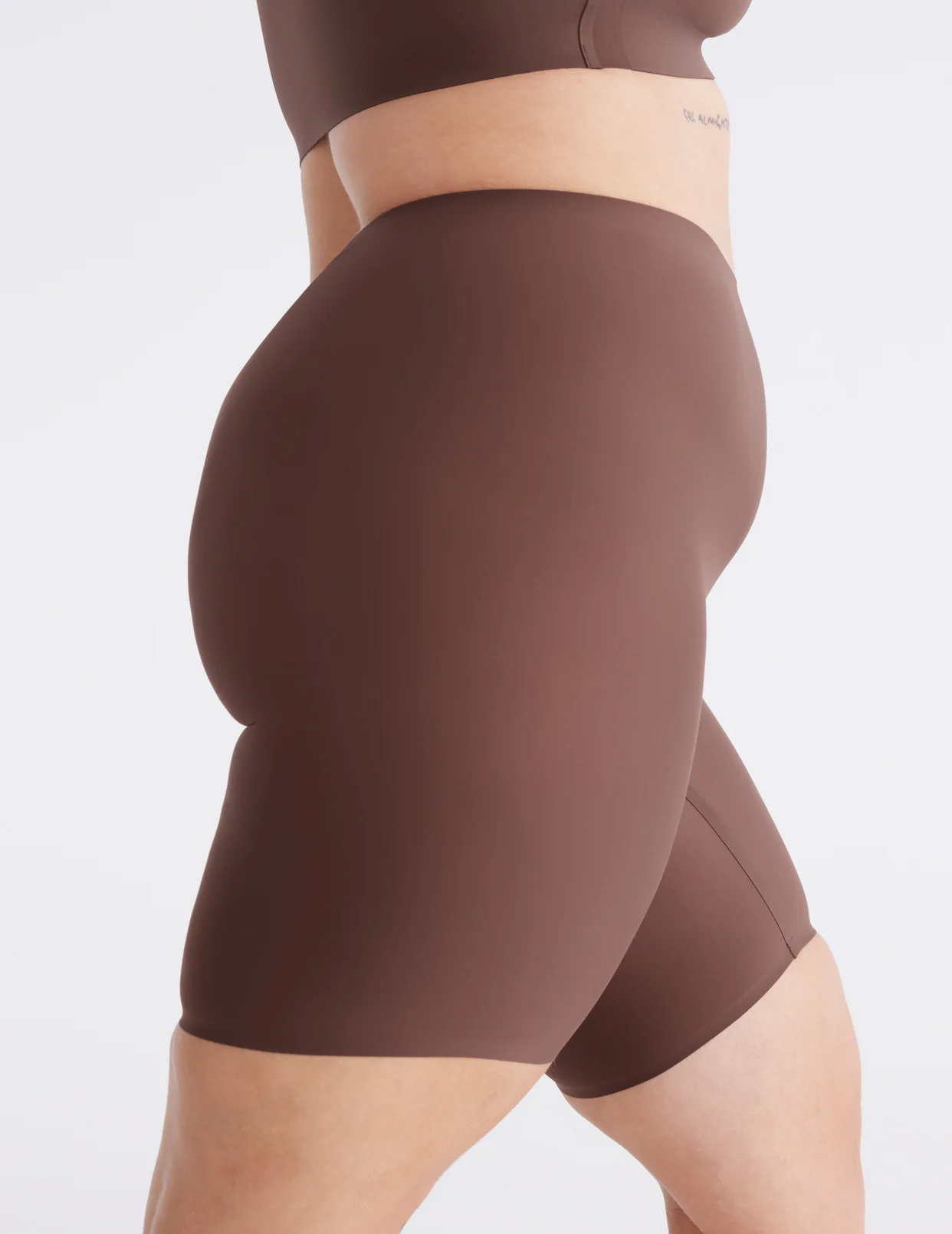Chafing is a problem that can happen to anyone, any time and anywhere. I use to avoid dresses like the plague because my inner thighs start to chafe until the skin was bubbled, red and sometimes even bleeding. Walking around with scabs wasn’t fun either. Many women endearingly call this the “chub-rub,” and women of all shapes and sizes can experience it.
This was something I avoided by wearing leggings and jeans. I developed a tomboy style and eventually felt weird in dresses. I decided that now in my life, was a time for dresses and lots of them. I wanted to avoid chafing, so I consulted with my doctor on their insights regarding the causes, prevention, and treatment of chafing.
What is Chafing?
Chafing is the process of skin rubbing against skin or skin rubbing against another material, such as fabric. Prolonged chafing can cause irritation, pain, and even wounds. Chafing can happen anywhere on the body but some common areas include the inner thighs, armpits, nipples, bra-line, and underside of the breasts.
How to Prevent Chafing
To prevent chafing, you want to keep your skin cool and dry. Here are some tips to help you achieve that:
#1 Your Clothing Should Fit Appropriately
Clothing should feel fitted, but not too loose or too tight. Yes, loose clothing can rub the wrong way and give you chafing too. Clothing that is too tight will dig into the skin while moving. Mix that with sweat from a workout and you have an epidermal disaster waiting to happen.
#2 Choose Clothing that Doesn’t Rub
Choosing clothing made of moisture-wicking fabrics will help keep you dry and chafe-free. Seamless clothes are a great option. Seamless fabrics have no seams that can rub up against your skin. Alternatively, there’s also clothing with flat fell seams, which I discuss a lot in my activewear reviews.
Flat fell seams will lie flat against your body to prevent chafing. Flat fell seams are also less likely to unravel and rip along the seam, adding more structure and durability to your clothing.
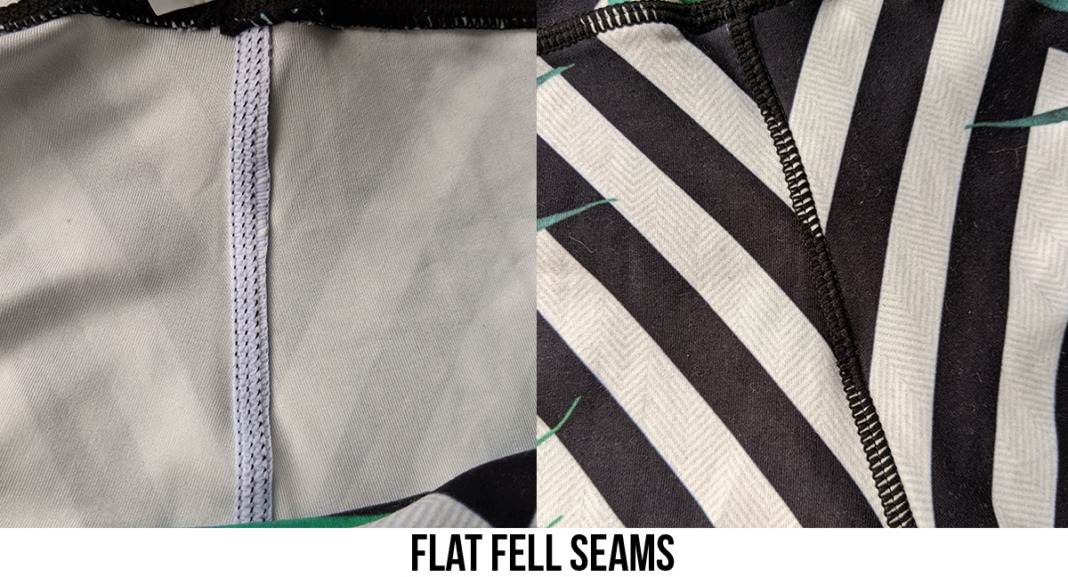
An overlocked (or plain) seam may bunch up between you and the clothing and can cause chafing with friction.
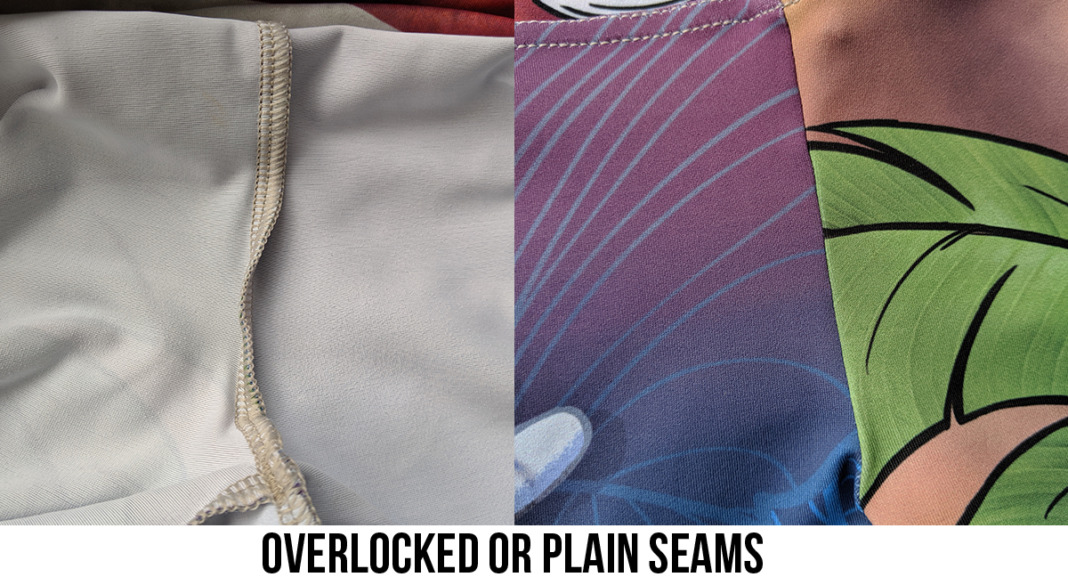
Below are some activewear brands offering seamless options:
It’s also important to note that you may want to test out your new gear before fully committing it to your workout regime. Ask yourself if it fits comfortably (not too loose or tight) and if any parts of the fabric irritate or itch against your skin.
Related: Best Seamless Legging Brands + Benefits of Wearing Seamless Clothes
#3 Use Products to Prevent Chafing
I’ve tried Body Glide on my inner thighs and it works great in dry climates. In hot climates, the Body Glide seemed to stay almost fluid-like and prevented chafing all day long. Body Glide coats the skin with a layer that usually dries to prevent chafing.
Other products include:
- Chafe Safe by KT Tape – Works great for all types of workouts and normal use.
- Gold Bond Friction Defense
- Monistat Chafing Relief Powder-Gel
- Megababe Thigh Rescue
- Monkey Butt chafing powder
- lolo Body Care Southern Comfort
If you want a natural option, I highly recommend using coconut oil in between your thighs. However, coconut oil does tend to absorb throughout the day and will need to be reapplied. I keep a small mason jar of coconut oil in my travel bag for emergencies and to use as a moisturizer.
Some people advise using deodorant. But if your deodorant leaves a film, it can be uncomfortable, flake and leave stains all over your clothing.
It’s important to note that if a product contains talc, it’s best to avoid it due to its link to cancer. Certain brands of baby powder and talc in its natural form contains asbestos which is linked to cancer if inhaled.
#4 Considering Wearing Extra Layers
Wearing an extra layer can offer some added protection against chafing. These options apply mostly to wear under dresses or baggy clothing.
Here are the products that I have used and recommend:
- I love wearing Nike Pro Combat and Knix thigh-saver shorts under my dresses to prevent chafing. They’re a lifesaver!
- Another great option is to wear SPANX, although they are significantly pricier. They have both body and thigh-shaping products that tuck everything in while preventing chafing.
- Bandelettes are lace bands that can be worn around the upper thigh (pictured above). They come with rubber reinforcements so that the bands stay put. I recommend trying the bands out first and not wearing them for prolonged periods of time.
How to Treat Chafing
Oh no! Chafing happened to me! What can I do?
Chafing in between your thighs can cause irritation and redness. The area can become sore and even painful.
What we recommend when this happens is to limit your physical activity and allow the area to breathe. Wear loose pants or shorts to prevent the thighs from rubbing during this period.
We recommend showering with an all-natural liquid body wash and applying Vaseline or petroleum jelly to the affected area.
Within two days, the soreness and irritation subsided. We also recommend avoiding strenuous activity on the second day of healing. I was back to my normal routine by day 3.
After any activity, whether it’s working out or just walking around town, if chafing happens, clean and treat it immediately once you get home. You can use Body Glide to coat the affected area during a shower because water and soap will burn against the chafed skin.
If the chafed skin doesn’t heal after a few days, consult with your doctor or professional so that they may help you treat the area. If not treated properly, the affected area may become infected and require anti-bacterial medication.
If you found our article on how to prevent chafing helpful, please share it. Thanks for your support!
Thank you for visiting today! If you found this encouraging or informative, please connect with us on Instagram or TikTok.
Sign up for our monthly newsletter for updates and more. We promise we won't spam you! Feel free to unsubscribe anytime.
If you're a brand and want to work with us, please visit this page to get in touch.


